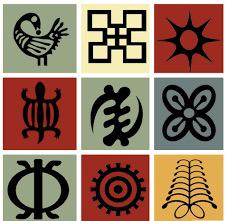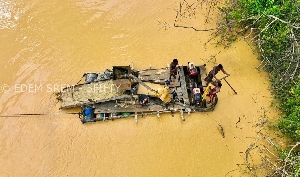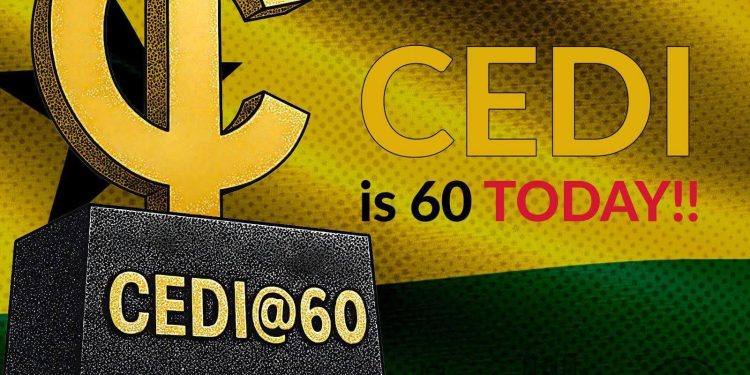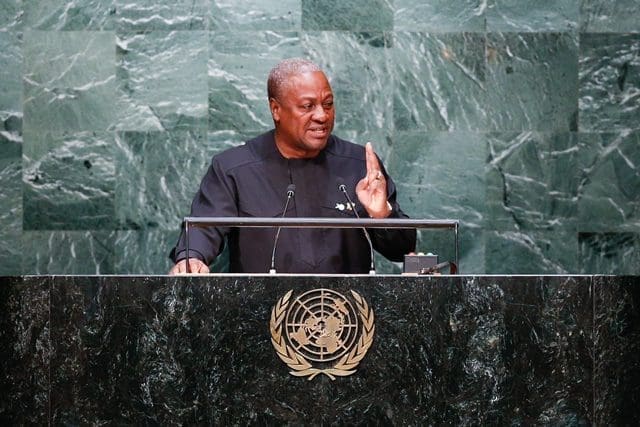Adinkra symbols once adorned everything from the walls of royal courts to the clothes of mourners, from sacred objects to hand-carved stools.
They carried with them the stories, philosophies, and spiritual truths of the Akan people of Ghana and Côte d’Ivoire. But today, many of these powerful symbols have faded into the background, reduced to fashion accessories or forgotten entirely.
Yet Adinkra is not just decoration. It is a language. A way of preserving and transmitting African wisdom that predates written alphabets. Reclaiming the meaning behind these ancient symbols is more than a cultural exercise — it’s a journey back to the soul of African identity.
What Are Adinkra Symbols?
Adinkra symbols are a system of ideographic symbols created by the Akan people, particularly the Ashanti, over 200 years ago. Each symbol expresses a specific concept, proverb, or value.
Traditionally, they were stamped onto cloth worn during funerals, representing the messages the deceased left behind and the values they upheld in life. Today, they appear in art, architecture, fashion, education, and branding, though often stripped of their original context.
There are over 100 known Adinkra symbols, each with layers of meaning.
A Few Powerful Examples
1. Duafe – Symbol of Cleanliness and Feminine Virtue
A wooden comb representing love, cleanliness, and nurturing. It’s a reminder of the important role women play in society — both in grooming and guidance.
2. Eban – Symbol of Safety and Security
Depicted as a fence, Eban reflects the value of family and protection. A home with a fence is a safe home.
3. Eban & Eban – Mutual Love and Protection
Some combine symbols for layered meaning. Two Ebans can represent mutual respect and shared boundaries in marriage or community.
4. Eban & Duafe – Harmony Between Feminine Energy and Protection
When paired together in architecture or textiles, these symbols tell complex stories of domestic leadership and moral strength.
5. Fawohodie – Freedom and Emancipation
This symbol reflects independence, freedom from colonial rule, or freedom from spiritual and personal bondage.
6. Eban & Fawohodie – Balancing Freedom with Responsibility
This pairing is often used by designers or storytellers to highlight the idea that freedom without security is fragile — a timely lesson in post-colonial Africa.
The History of Adinkra
The name “Adinkra” comes from the Bono king Nana Kwadwo Adinkra, who ruled in the early 19th century. According to legend, he was defeated in battle and wore patterned cloth to express sorrow and respect in defeat. This cloth stamped with symbols, became a funeral tradition.
Originally made with hand-carved calabash stamps and natural dyes (especially a deep black ink from the badie tree), Adinkra symbols were printed onto kuntunkuni cloth for solemn occasions.
Over time, the symbols expanded beyond funerals. They began appearing in architecture, kente cloth, woodwork, educational murals, and national emblems. Ghana’s coat of arms even incorporates Eban principles through its use of a castle as a symbol of governance and protection.
Adinkra as a System of Philosophy
Each symbol is not just artistic — it’s philosophical. Together, they form a value system rooted in:
• Respect for elders
• Honoring ancestors
• Moral discipline
• Hard work
• Communal responsibility
• Harmony with nature
• Spirituality without dogma
Unlike written text, Adinkra relies on visual metaphor. A symbol could be interpreted in layers — depending on who sees it, when, and in what context. It’s a language of wisdom, not instruction. Its strength lies in suggestion, not strict meaning.
This makes it profoundly African in nature: rooted in oral tradition, proverbs, storytelling, and multigenerational understanding.
The Decline of Adinkra Literacy
In Today, most young Africans recognize Adinkra symbols only as aesthetic designs. They might wear a T-shirt with Duafe on it, or spot Gye Nyame on a building, without knowing its meaning.
The reasons for this loss are complex:
• Colonial education systems dismissed indigenous knowledge systems.
• Modernization and globalization encouraged Western aesthetics.
• The shift to digital culture reduced emphasis on symbolic literacy.
• The commercialization of Adinkra turned sacred meaning into mass-market design.
But a people who forget their symbols forget themselves.
Why We Must Relearn This Language
1. Adinkra Teaches Our Children Who They Are
When children learn the meanings behind these symbols, they absorb lessons on honesty, strength, unity, and self-worth — far beyond what textbooks can offer.
2. Adinkra Can Reclaim African Design
Instead of mimicking European fashion or corporate branding, designers can ground their work in indigenous symbolism. It tells the world: “We are not imitations. We have our own language.”
3. Adinkra Bridges Past and Present
In a world seeking meaning, Adinkra connects us to our ancestors, reminding us that our culture is rich, relevant, and timeless.
Adinkra in the Modern World
Many artists, educators, and institutions are working to revive Adinkra literacy. Schools in Ghana and the diaspora are beginning to incorporate symbol-based teaching. Architects use Adinkra principles in sustainable building. Tech companies are embedding these motifs in apps and digital campaigns. Even tattoo culture has embraced it — often as a sign of identity and spiritual protection.
This is a start. But true revival will come when every African child can read Adinkra and not just wear it.
Conclusion: The Language is Still Ours
Adinkra was never just about fabric. It was about philosophy. It was about identity. It was about memory.
In a world that often tells Africans to forget — forget your gods, your languages, your roots — Adinkra reminds us to remember. Every symbol is a seed planted by those who came before us. To revive it is not only an act of culture, but of power. We don’t need to borrow meaning from outside, we already have it within.
Let us not let this sacred language go silent.
Call to Action:
What is your favorite Adinkra symbol, and what does it mean to you? Tag us on social media, or send us your symbol stories. Let’s revive Adinkra together — symbol by symbol, meaning by meaning.











